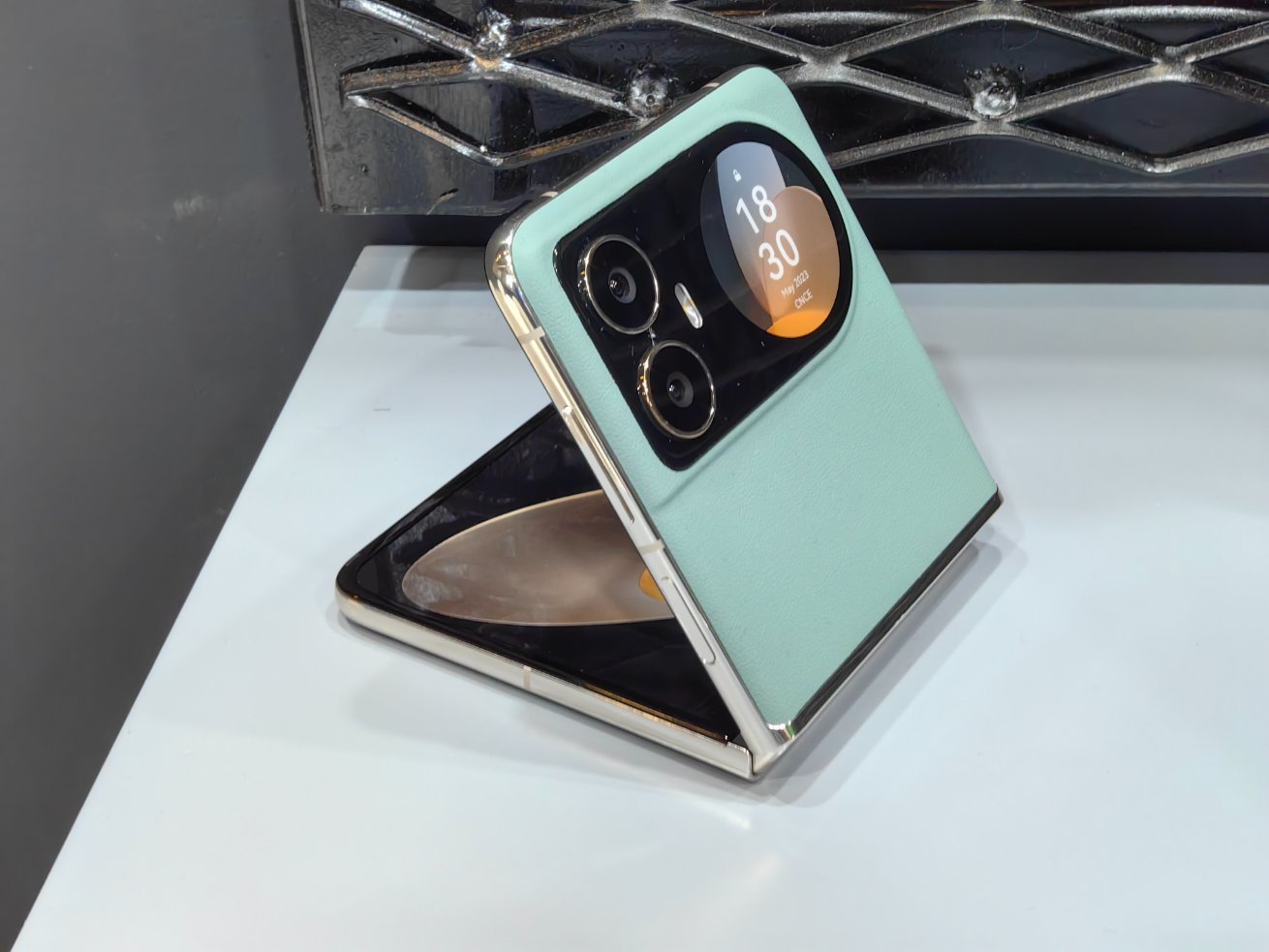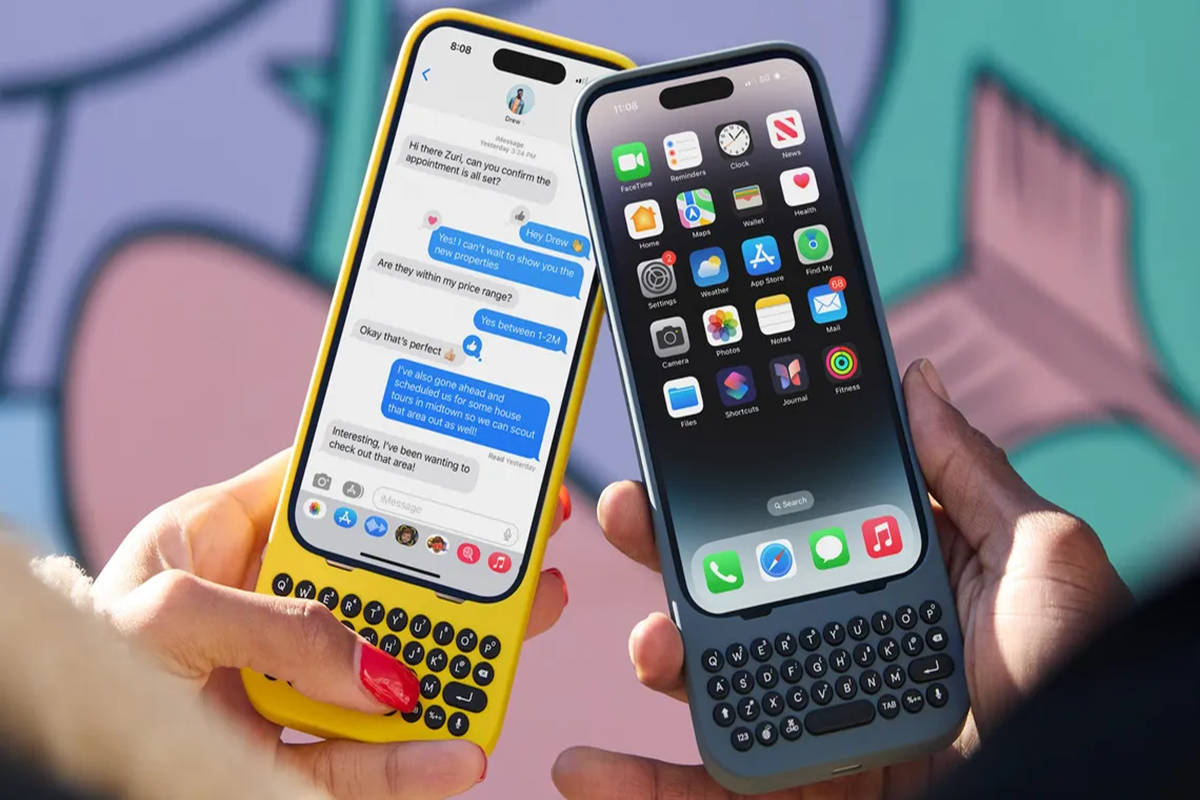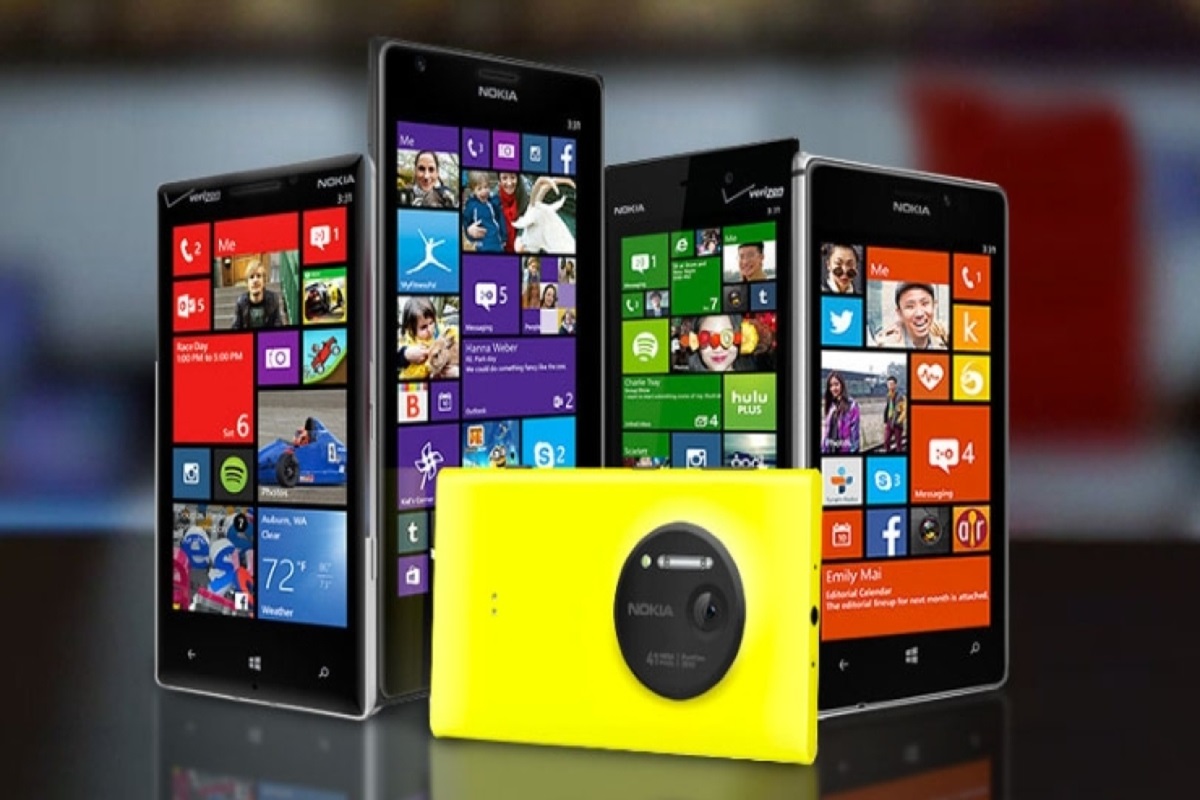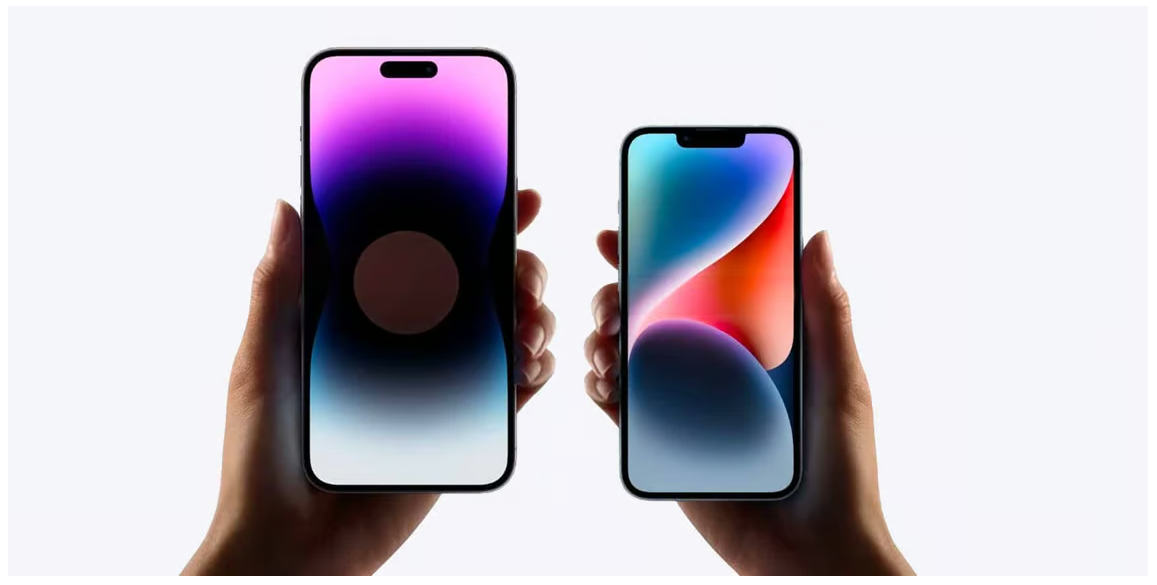Blackview is a brand known for its rugged phones and tablets, but recently, it has started making Mini PCs too. The MP100 is one of their new mini PCs, featuring a colorful LED design on the top. This chip was first seen in 2021 and has since been replaced by newer models.
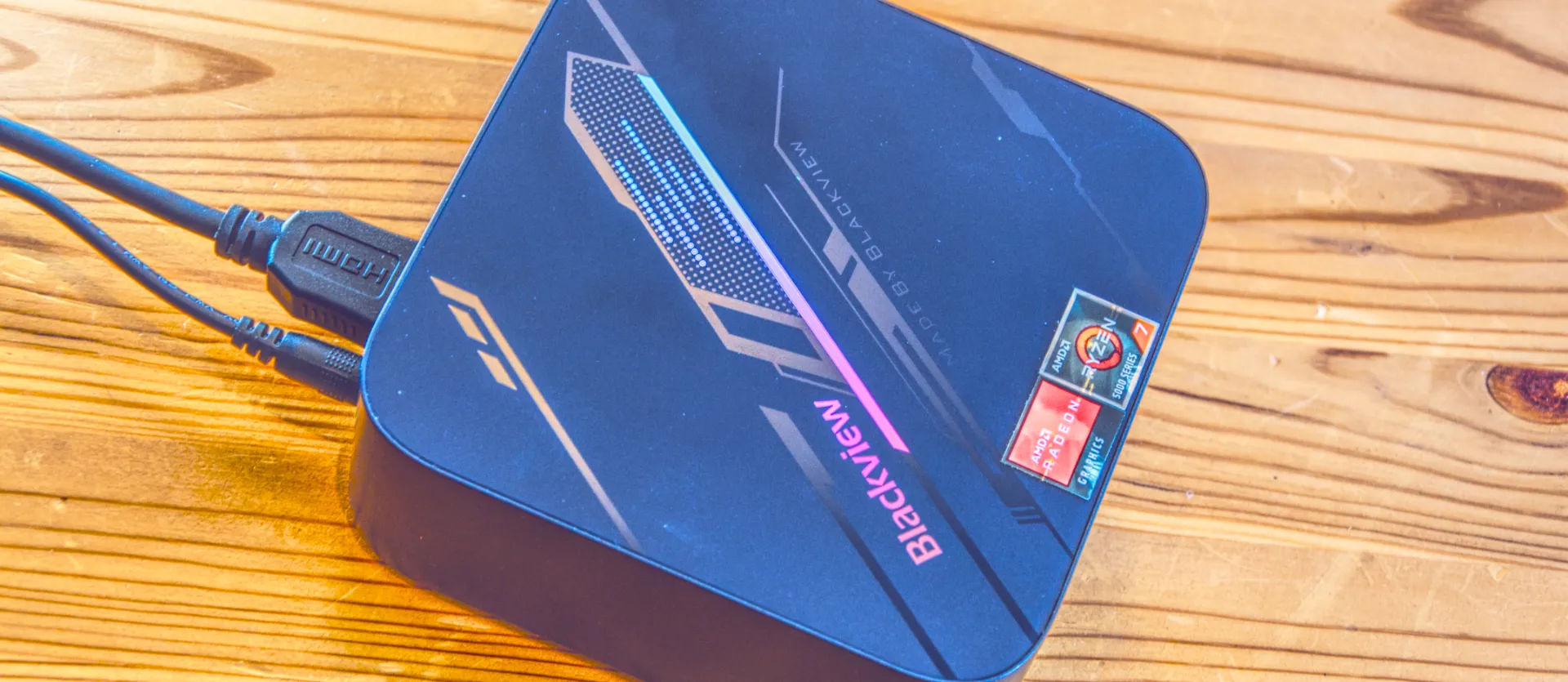
One downside is that the MP100 uses DDR4 memory instead of the newer DDR5, and the graphics aren’t as powerful as those in newer Ryzen machines. Still, you can add a lot of memory and storage to this small PC.
There are more powerful and cheaper options available, like the Intel Ultra 5 and newer AMD Ryzen 8000 series machines. Blackview offers the MP100 in grey and blue, with three hardware options: 16GB or 32GB of RAM and 512GB or 1TB of storage. The 16GB/512GB version costs $359.99, and upgrading to 1TB adds only $20. Doubling the RAM to 32GB with 1TB storage costs just $60 more than the base model.
Currently, Blackview is out of stock, and you can’t find this product from online retailers. However, similar mini PCs like the Acemagic AM06 and the Beelink SER5 are available on Amazon.
Here are the key specifications for the Blackview MP100:
– CPU: AMD Ryzen 7 5700U (8 cores, 16 threads)
– GPU: AMD Radeon Graphics 512SP
– RAM: 16GB DDR4 (expandable to 64GB)
– Storage: 512GB M.2 NVMe Gen 3, 1x SATA slot for a 2.5-inch drive
– Ports: 2x USB 3.2 Gen 2 Type-A, 2x USB 3.2 Gen 2 Type-C, 1x USB 2.0, 3.5mm Audio jack
– Display Outputs: 1x HDMI 2.0, 1x Display Port
– Networking: 1x 1GbE LAN, WiFi 6, Bluetooth 5.2
– OS: Windows 11 Home
– PSU: 19V 3.42A 64.98W
The case is finely made but entirely plastic. The top has a diagonal clear section with colored LEDs, which might appeal to home users but not so much to business users. If the MP100 is mounted behind a screen, the light show won’t be visible.
Getting inside the MP100 is a mix of easy and tricky. The bottom comes off easily with four screws, revealing a space for adding a 2.5-inch SATA hard drive or SSD. To access the M.2 slot and memory, you need to remove another set of screws carefully to avoid damaging the ribbon cable.
The MP100 has two 2280 M.2 NVMe slots, making it easy to expand internal storage. However, the drives don’t have a heatsink cover, and airflow is limited. The WiFi module can also be upgraded. The Ryzen 7 5700U processor in the MP100 offers good performance but is limited by using DDR4 memory and an older GPU. Newer chips like the Ryzen 7 5800U provide better performance and support faster memory.
One issue with the MP100 is that it comes with a single 16GB memory module, which limits performance. For better performance, you should upgrade to dual-channel memory by adding another 16GB module. The Windows installation on the MP100 is poorly done, with the 1TB drive split into two partitions, which can cause problems with running out of space and complicate drive cloning.

